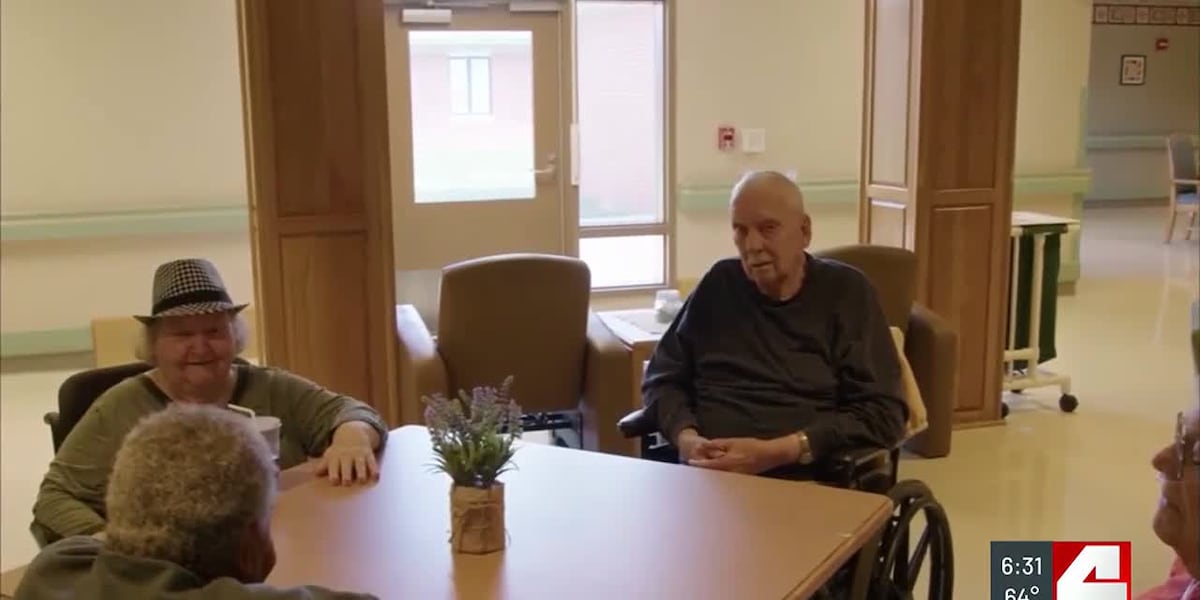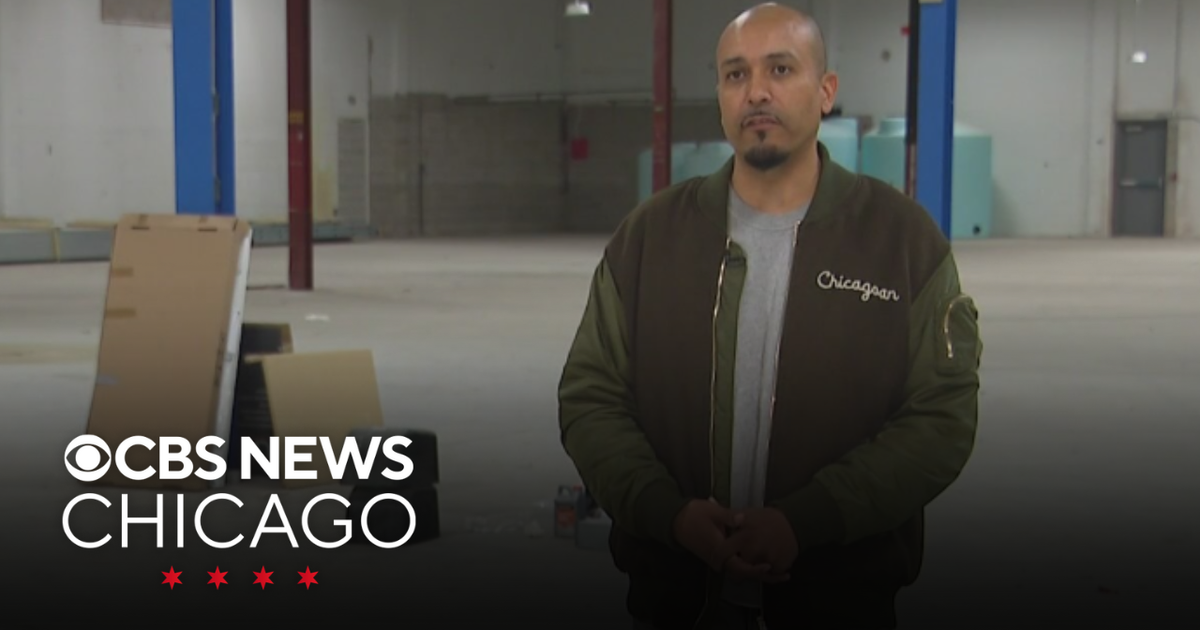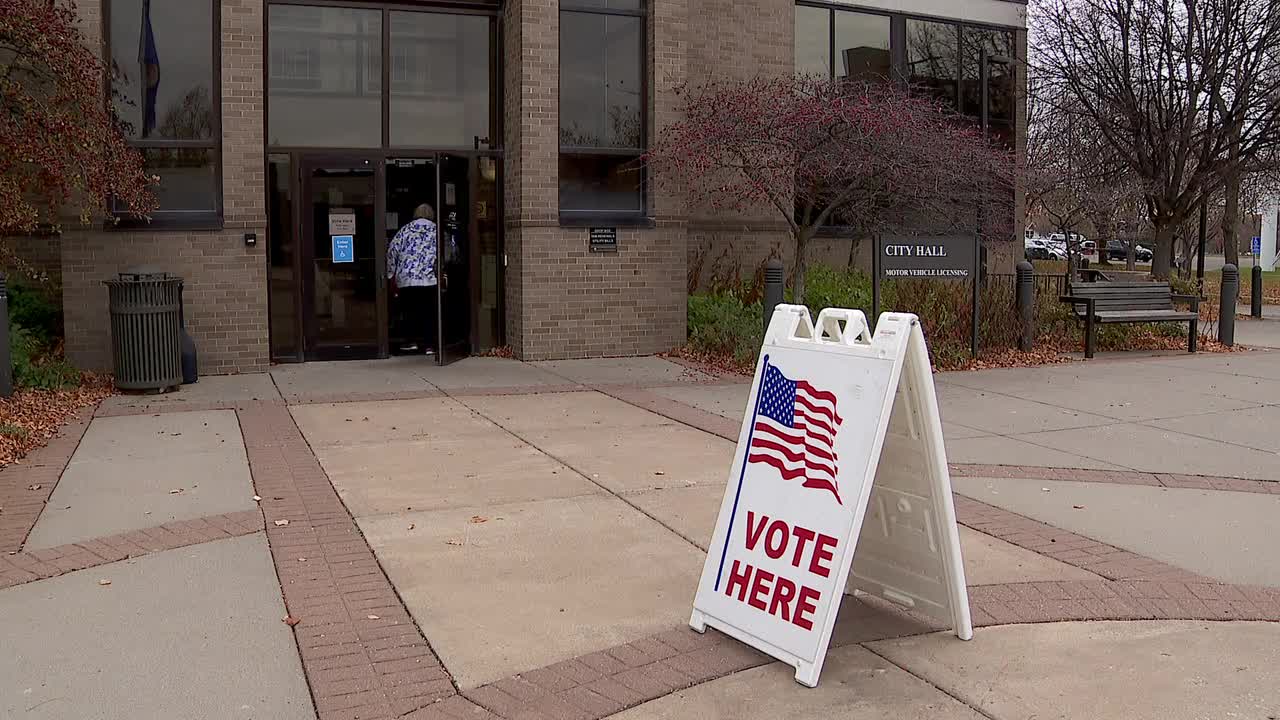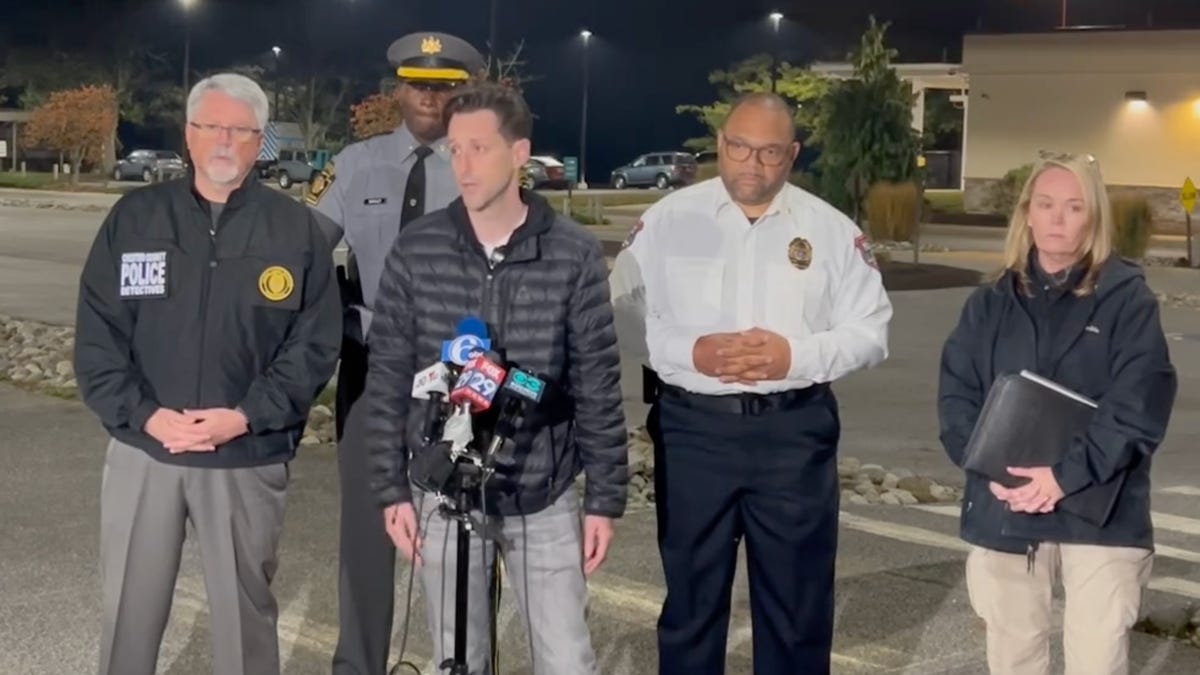VERNON — The demolition of the Vermont Yankee nuclear power plant will be “99 percent complete” by the end of the year, according to a recent estimate from the chief executive officer of Yankee’s owner, NorthStar Group Services.
Scott State, in a telephone interview from his home in Arizona, said that crews have been making good progress in this fall’s good weather, and the reactor building’s wall and interior would be down to the ground by Thanksgiving.
According to recent photographs of the reactor building, there are still concrete walls standing. At one point this fall, two large excavators, which had to be hoisted to the top of the reactor building by a super-large crane, were tearing the building apart, from the top down.
“We plan to have it down to ground level within the next four weeks,” he said.
According to the memorandum of understanding NorthStar has with the state of Vermont, it must remove all structures that are within four feet of ground level, and that will take until Christmas, State said.
The concrete is very thick in the foundation, about two to three feet thick. He estimated the foundation goes 40 to 50 feet into the ground, but the vast majority of it would be left in place.
The company has until 2030 to complete the decommissioning of the Yankee site, and has long said the job would be complete by the end of 2026, but that most work would be done by 2025.
State said all the concrete rubble from the reactor building is being stored on site, but will eventually be shipped to west Texas, at the low-level radioactive waste facility run by NorthStar’s partner, Waste Services.
After the reactor building’s demolition is complete, the concrete will be shipped over a six-month period, State said. He said there is only room for two rail cars at a time to be loaded at the Yankee site.
“Mid-summer, next fall, all that stuff will be gone,” he said.
NorthStar, which bought the Vermont Yankee plant from former owner Entergy Nuclear in January 2019, actually started decommissioning several months before the sale was completed and approved by state and federal regulators.
NorthStar’s plans called for immediately demolition, rather than putting the plant into what essentially is cold storage, the plan adopted by Entergy. Under that plan, no work would have been done at Yankee for decades.
State said that additional field work, site assessments, sampling, studies and reports will take up the rest of 2026, when the company will seek final approval from the Nuclear Regulatory Commission.
With the government shut down and continued understaffing at the NRC, State said that approval could take longer than originally expected.
Recent soil testing near the reactor building revealed contamination of PFAS or “forever chemicals,” at significantly above Vermont standards. That contamination is believed to have come from a fire at the plant’s electrical transformer in 2004, on the non-nuclear side of the plant.
The reactor building, which is the last major building left at the 140-acre site, was almost as big underground as it was above ground, State said. The reactor building, which housed the reactor core plus the spent fuel pool, was about five stories high.
The reactor building is located next to the storage site of the radioactive spent fuel from the 42 years the plant operated. The spent fuel is stored in giant concrete and steel casks, and it will remain after decommissioning is completed.
According to the state memorandum, the deep foundation may be left in place after testing shows it is clear of any radioactivity.
NorthStar agreed that the reactor foundation hole would not be filled with the rubbleized concrete from the demolition, but “clean fill,” State said, which will be trucked in to the Vernon site.
He said the other nuclear decommissioning project NorthStar is doing, Crystal River 3 in Florida, will use its rubble-ized concrete for fill, which State said is standard practice – but not in Vermont.
“We will not backfill until the NRC releases the site,” he said.
There are two large trust funds paying for the demolition and clean up work. The second, smaller fund will pay for site restoration. The larger $600 million fund was paid for by the utility customers of the original owner of Vermont Yankee, the Vermont Nuclear Power Corp.






























